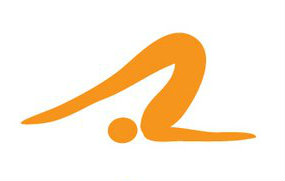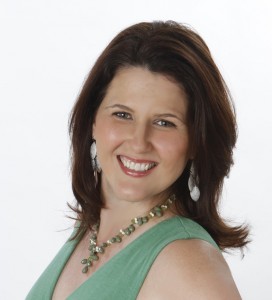 Yoda. Yogurt. Toga. After 14 years I’ve heard them all, and probably by now you’ve heard of yoga too. For those of you who are really curious, pull up a mat.
Yoda. Yogurt. Toga. After 14 years I’ve heard them all, and probably by now you’ve heard of yoga too. For those of you who are really curious, pull up a mat.
Yoga is not a cult, nor a religion and there’s no yoga Kool-aid.
The simplest explanation of yoga: Yoga is a system. As a physical system (think exercise and activity), it leads to reduced stress, more clarity, and toned muscles. While beginners believe it’s a single system, yoga is really multi-systemic.
Benefits of Yoga
Let’s start with the physical: the deep breathing emphasized in yoga leads to more oxygenation, which is more fuel for your brain. More oxygen to your brain provides focus, clarity and a better night’s sleep. Deep breathing also calms your flight/fight response, reducing stress and stress hormones in your body. While flexibility is the most common-believed benefit of yoga, increased strength is another one. Many postures require static (or isometric) work and anyone who’s done a push-up knows it’s challenging to hold and move your own body weight.
When you sleep better and are less stressed, your mood is elevated. Now we’ve moved into the emotional and mental systems. For women, practicing yoga regularly can help balance hormones, and men find a more useful outlet for anger and frustration. Additionally, yoga is an excellent coping mechanism, allowing you to feel more in control of your emotions in stressful situations.
 Yoga classes vary from studio to teacher, but here’s what you can realistically expect in a physical yoga class:
Yoga classes vary from studio to teacher, but here’s what you can realistically expect in a physical yoga class:
- Emphasis on deep, quality breathing. Think inhale-exhale-inhale-exhale.
- Poses or postures ranging from “oh, I can do this,” to “you want me to put that where?”
- Resting and/or relaxation at the very end. We call this corpse pose and it’s a time of recovery and rejuvenation.
Which Yoga Class Should I Take?
I’m often asked what yoga class clients should take (usually after they’ve listed many concerns: inflexibility, overweight, injury, being a beginner, etc). I tell them all the same thing. You want to feel better after the class is over than when you started. You want to like the teacher and you want to feel like the class was challenging, yet doable. If none of that resonates with you during a class–keep trying different classes until it does.
 Guest Author Shannon Caldwell
Guest Author Shannon Caldwell
Shannon has been involved in yoga for 14 years as a student, a teacher and businesswoman. In 2001 she opened Esprit Yoga studio in the north Texas area and two years later founded Purple Lotus Yoga, a nationally recognized teacher training program. Her most recent venture is expanding Purple Lotus Yoga teacher training to multi-sites across the nation. She has spent more than a decade immersed in the world of yoga, educating thousands of individuals about the benefits of yoga. She continues to share her love of yoga through training, coaching, writing and speaking.
To find more from Shannon, visit PurpleLotusYoga.com


CommentI love yoga. Discovered hatha yoga in my late 20s and have been practicing it ever since, along with other forms of physical exercise. I like yoga best because it is a no-impact form of exercise. You can get a good workout with plenty of cardio-vascular action (Sun Salutation) and there are stretching and calming positions also.